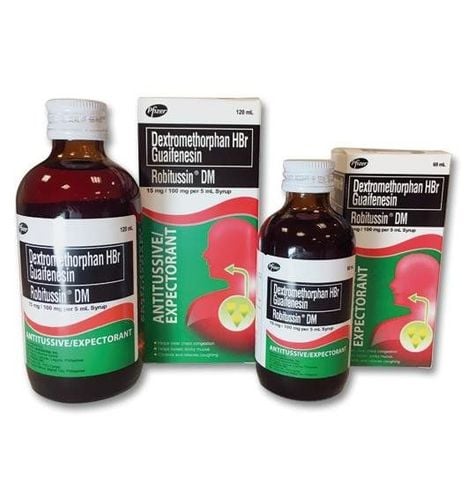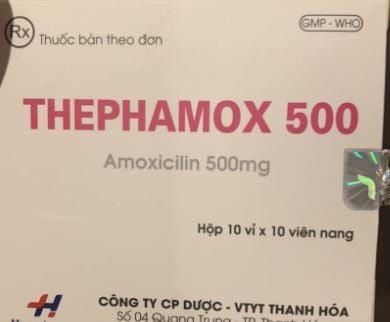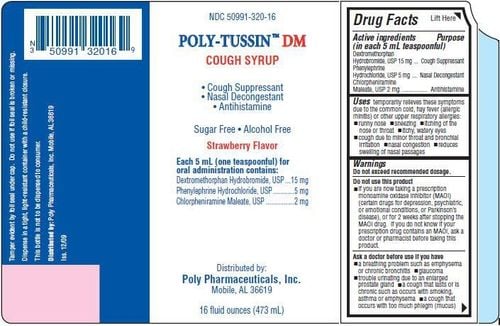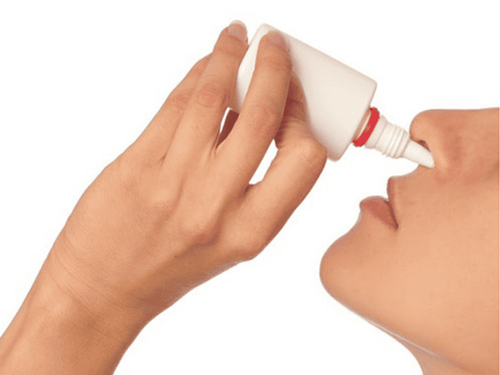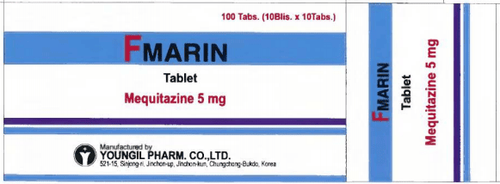This is an automatically translated article.
Postnasal drip syndrome is a fairly common syndrome, most people experience it at least once in their life. There are many different causes of this syndrome, with each cause having different symptoms and treatment. If not treated early, prolonged postnasal drip can lead to many complications in the respiratory tract and even the gastrointestinal tract. This article will clarify the causes, symptoms, and treatments for postnasal drip syndrome.
1. What is postnasal drip syndrome?
Post nasal drip syndrome, internationally known as Post nasal drips, refers to a condition where fluid flows from the sinus system through the back of the nose down to the back of the throat, causing symptoms such as a feeling of tightness in the throat, sore throat, cough, itchy throat.
Postnasal drip syndrome is often chronic, with the discharge down the throat wall being thin, or mucoid, sometimes thick; The fluid may be infected with dark bacteria, sometimes it adheres to the throat mucosa, causing difficulty in swallowing, causing nausea or irritation of the throat.
Normally, glands in the nose and throat always secrete mucus to fight infection, warm nasal membranes and remove foreign objects. We will often swallow this fluid without knowing it, until the mucus is released more than usual, when you can see it building up in the back of your throat.
2. Causes of postnasal drip syndrome
Postnasal drip is usually caused by certain changes in the body or environment. The main causes include:Allergies: the most common cause of runny nose syndrome followed by allergies. Allergies can be seasonal because pollen stimulates the body to produce more mucus to get rid of pollen spores.

Dị ứng là một trong các nguyên nhân gây ra hội chứng chảy dịch mũi sau
Cold weather or dry air : Breathing in cold or dry air can cause irritation of the nose and throat, where the body produces mucus to moisten and warm the airways to reduce the inflammation. that irritation. Infection: Our body will react to any germs that enter the body by producing more mucus than usual to push them out. In addition to the above causes, there are also some other causes that can also cause postnasal drip syndrome:
Due to too spicy food. Due to pregnancy. Due to the object stuck in the nose. Chemical irritants such as perfumes, cleaning products, or fumes. Due to smoking. Due to drugs. Due to a chronic respiratory condition such as COPD. In addition, a deviated nasal septum can prevent mucus from escaping correctly, causing postnasal drip.
3. Manifestations of postnasal drip syndrome
When you have postnasal drip, you may feel mucus running down the back of your throat, along with other symptoms such as:A sore or itchy throat.

Người bệnh xuất hiện tình trạng đau và ngứa họng
There is a feeling of nausea due to mucus flowing down the stomach. Frequent clearing of throat due to mucus stuck in throat. Spit or swallow too much mucus. Breath is smelly. Cough a lot, especially at night.
4. When to see a doctor?
When you have symptoms of postnasal drip that persists for more than 10 days, and you have used home remedies without improvement, you need to see an ENT specialist to find out. causes and appropriate and timely treatment.
Or if you have the following symptoms, you need to see a doctor immediately:
Mucus has an unpleasant smell. Fever Wheezing. These symptoms could indicate a bacterial infection, in which case you will need antibiotics.
5. Treatment of postnasal drip syndrome
Depending on the cause of postnasal drip syndrome, there will be different treatment measures.
If the cause is allergic, it is necessary to:
Eliminate the cause of allergies such as pollen, house dust, cotton fibers, food, animal dander,... Use an antihistamine.

Người bệnh có thể được chỉ định sử dụng thuốc trong điều trị hội chứng chảy dịch mũi sau
Use antibiotics to fight infections. Combination of antihistamines. Medicines to thin mucus. Increase the body's immunity. It may be necessary to perform endoscopic lavage of the nasal cavity and pharynx with 0.9% physiological saline and antibiotic solution. If the cause is a structural malformation in the complex area of holes that obstructs drainage from the sinus system to the nasal cavity, a elective surgical resection of a part of this structure is required to free up the drainage of secretions down the nose. . After surgery, it is necessary to treat the nasal cavity and sinus system before, after, and in the throat cavity. If the cause is dry air, it is necessary to use an air humidifier. When the weather is cold, you need to keep the body warm, especially the nose area, avoid breathing cold air through the nose.
6. Measures to help control postnasal drip at home
Lying with your head elevated: if the accumulation of mucus is more severe at night, you should raise your head higher when sleeping to help drain the fluid, reduce the amount of mucus in the throat and airways. Drink water: due to such discharge, it is possible to become dehydrated. Drinking water also helps to thin the mucus.
If there is a need for consultation and examination at the Hospitals of the National Health System, please book an appointment on the website to be served.
Please dial HOTLINE for more information or register for an appointment HERE. Download MyVinmec app to make appointments faster and to manage your bookings easily.




